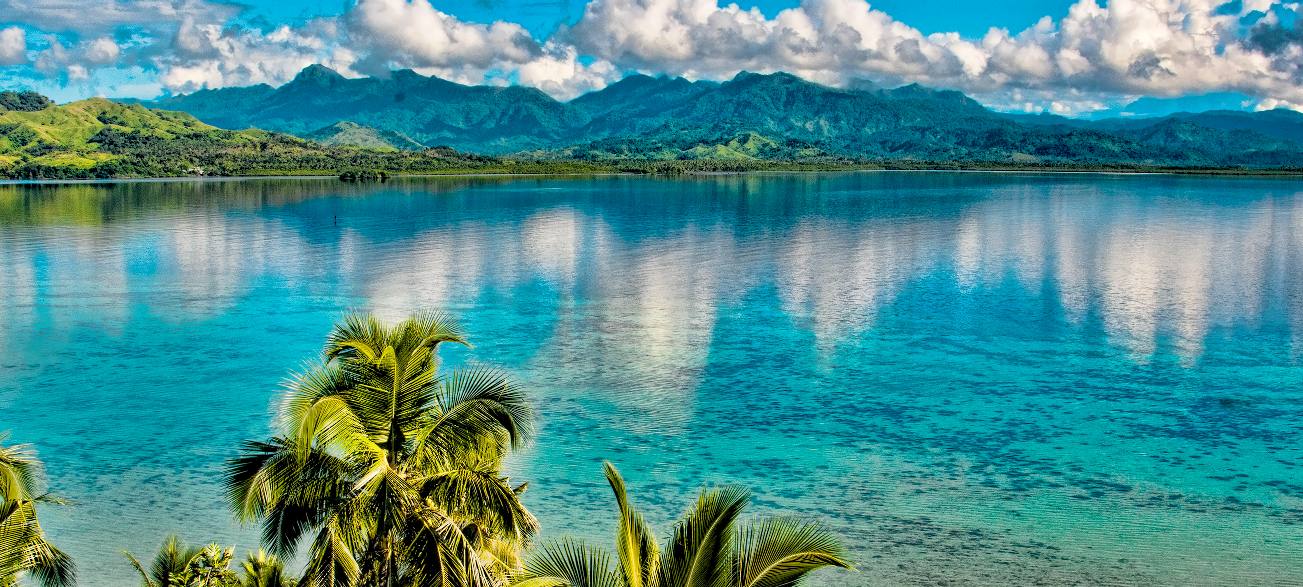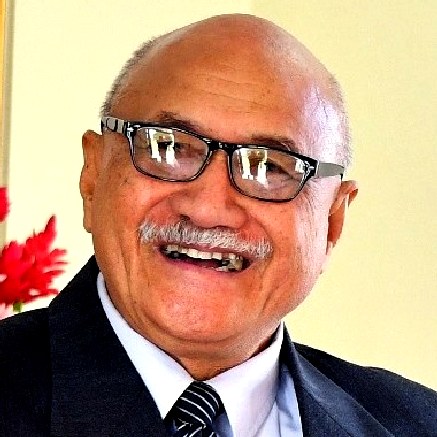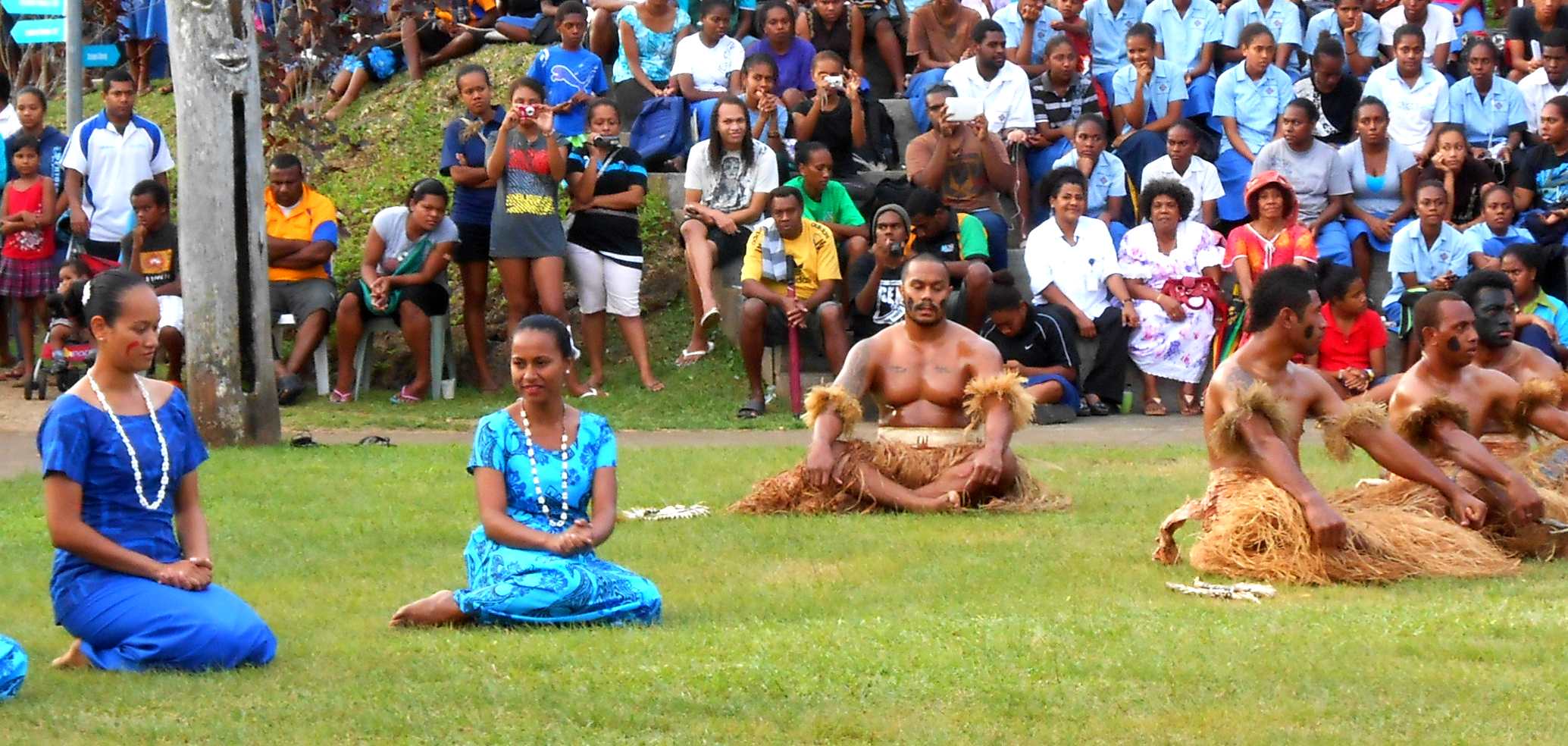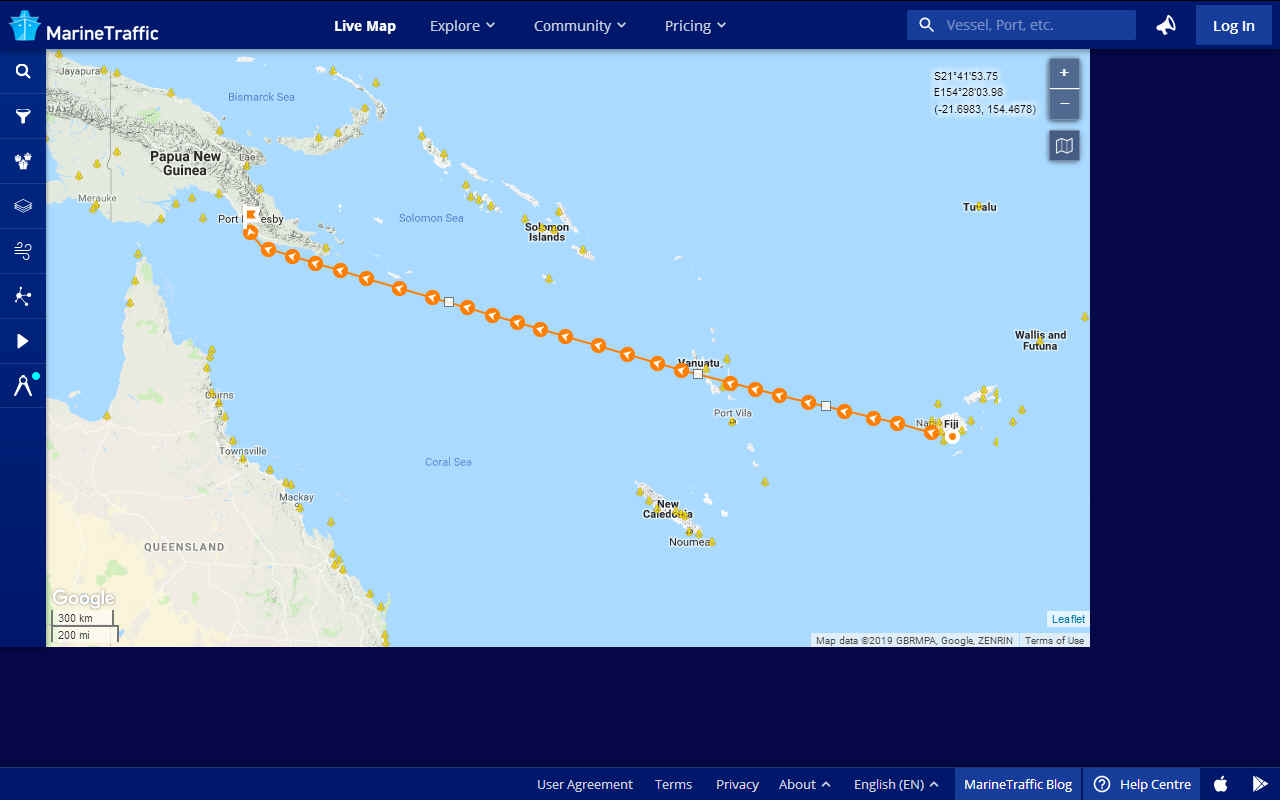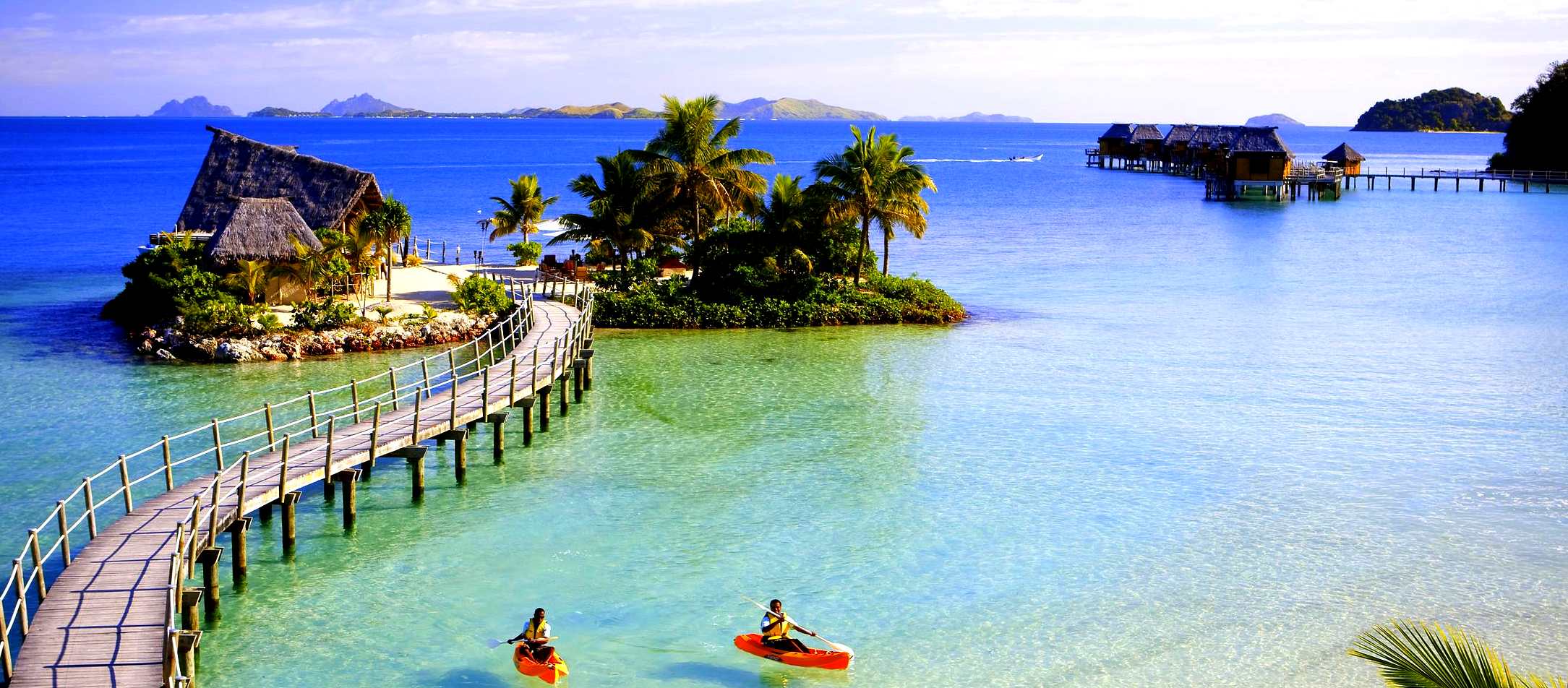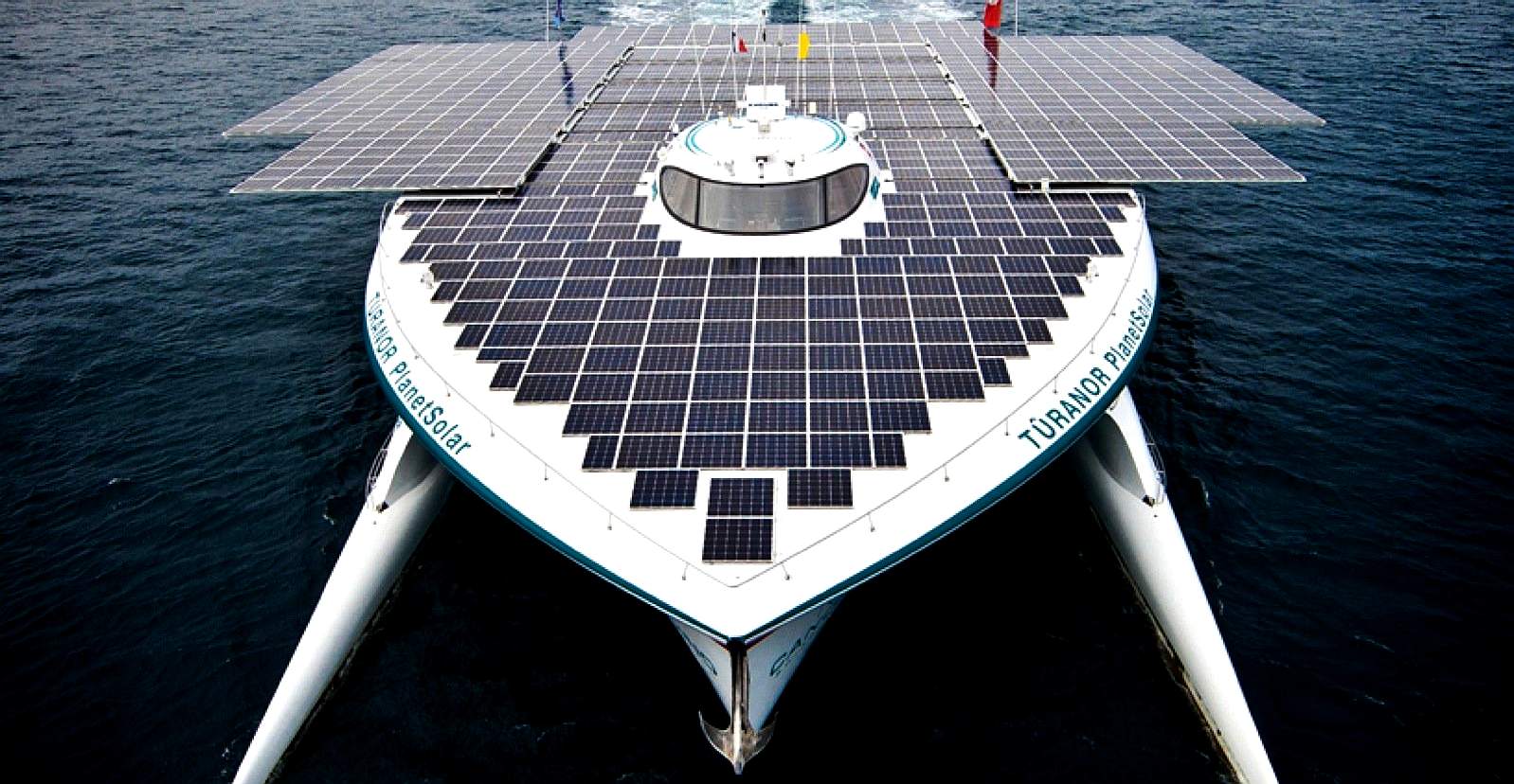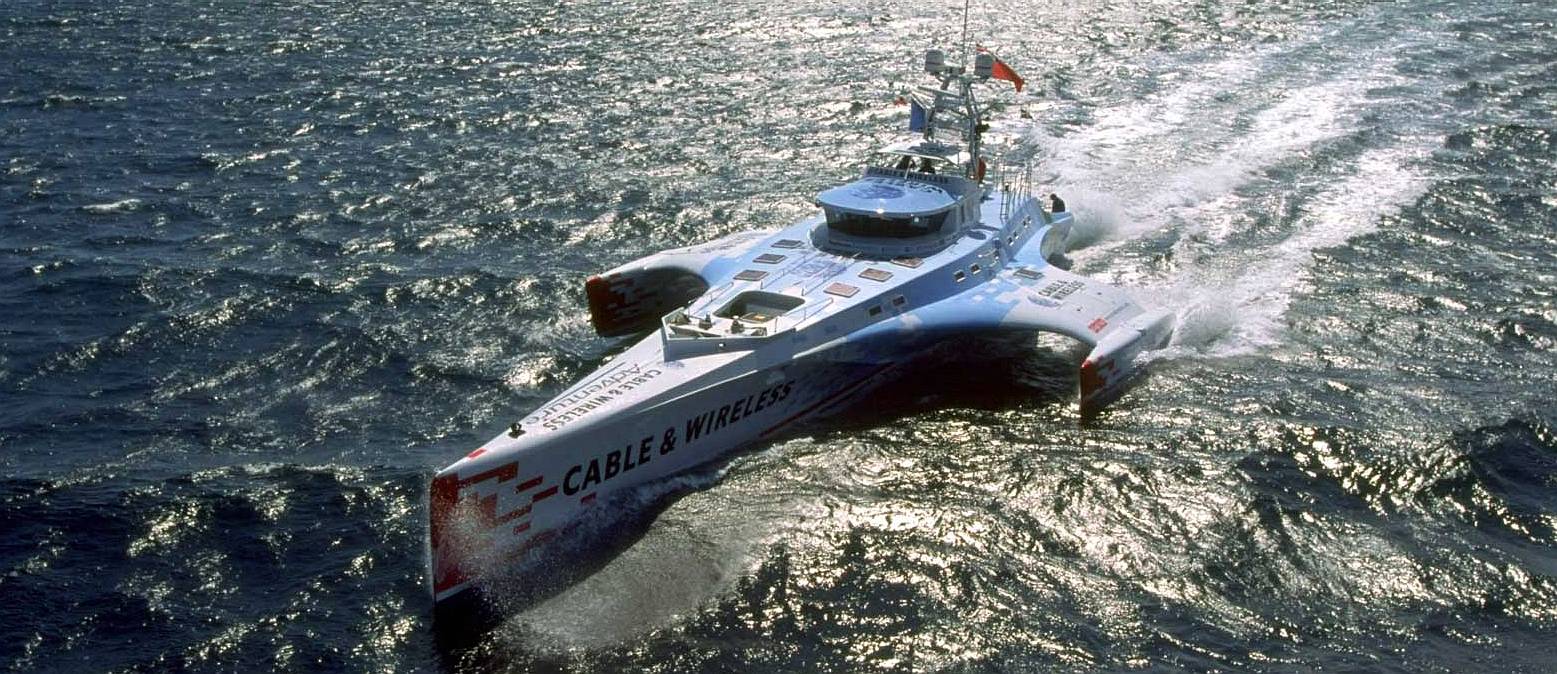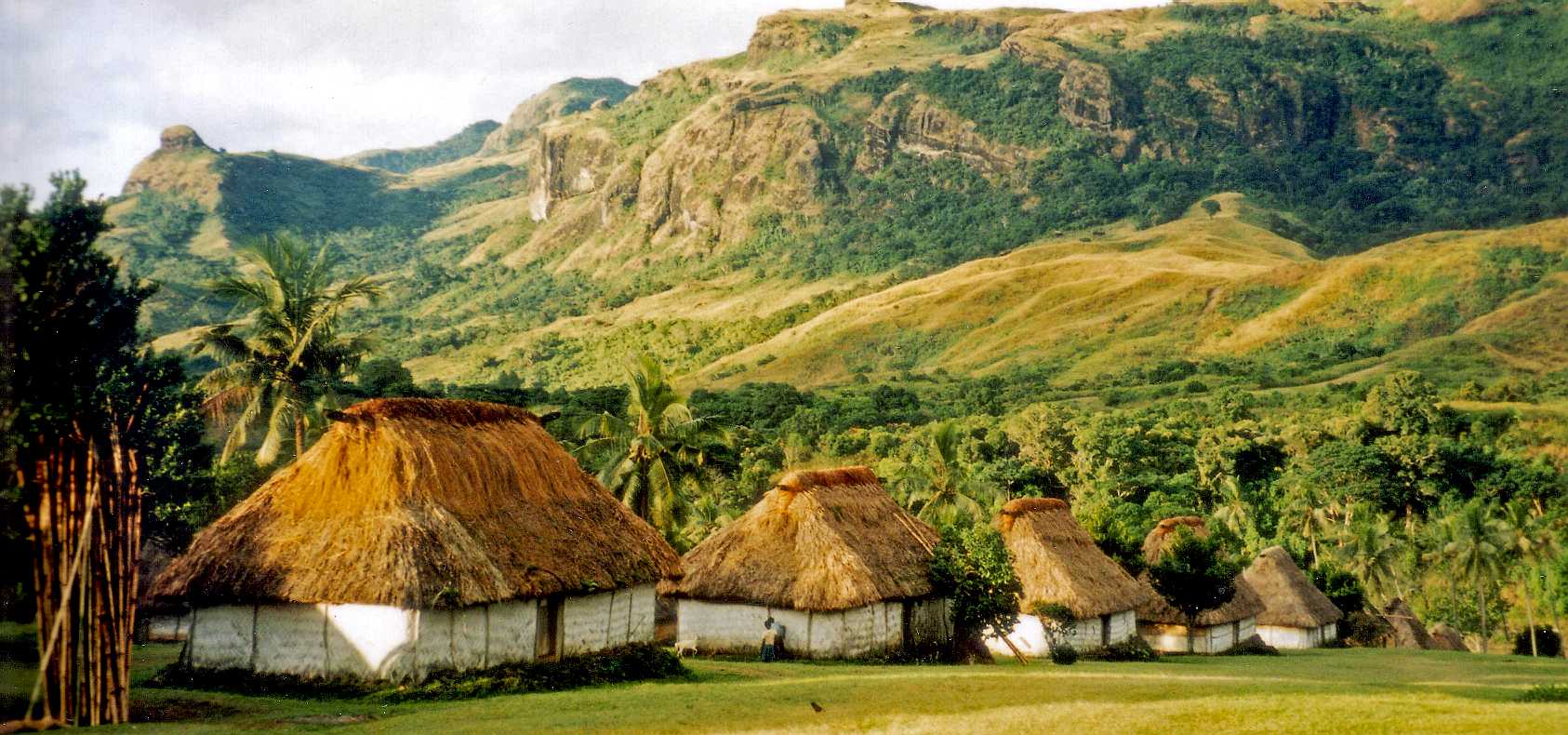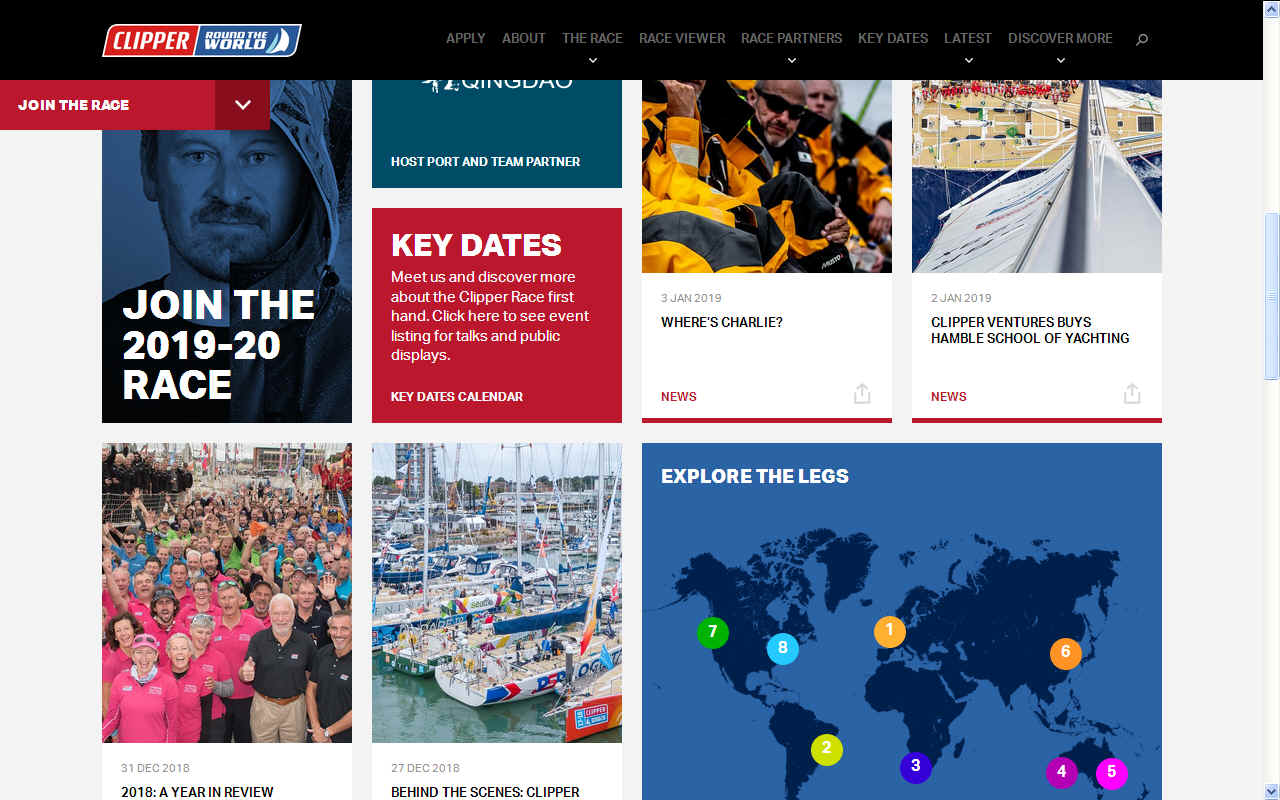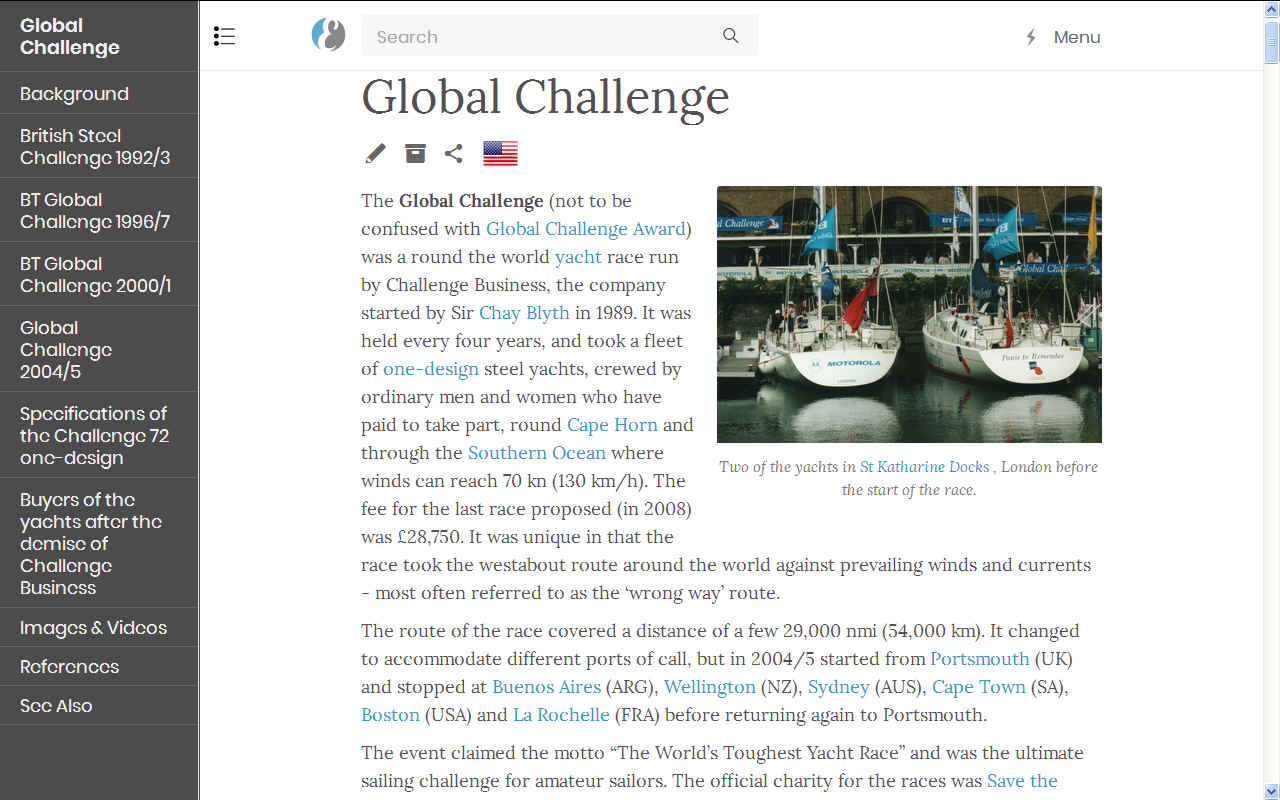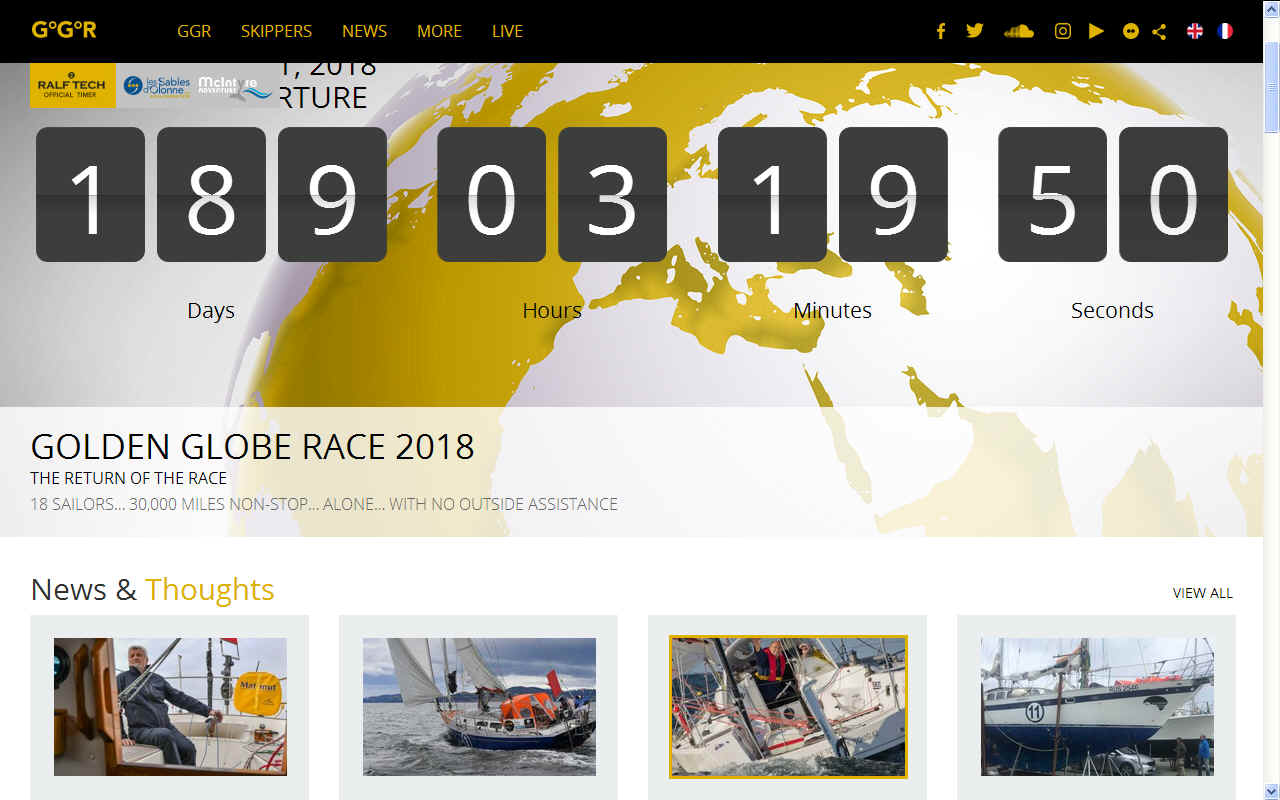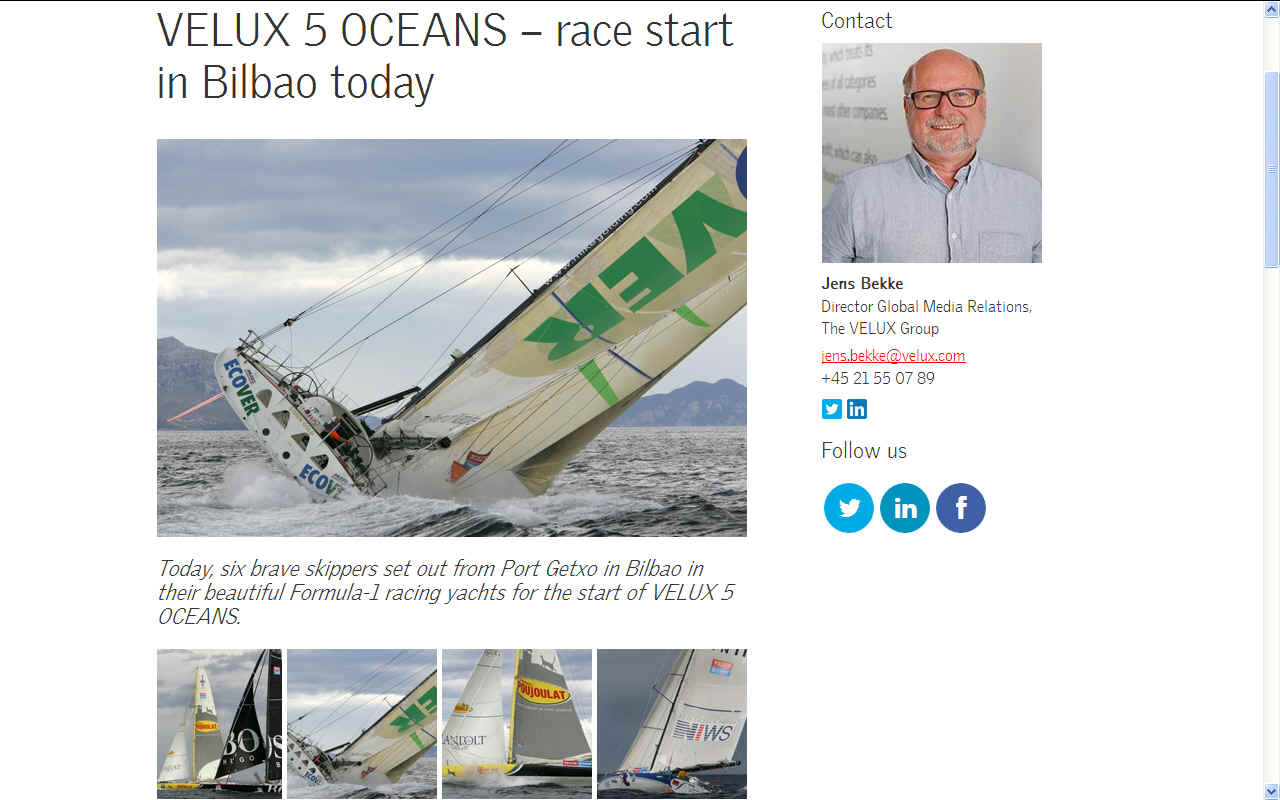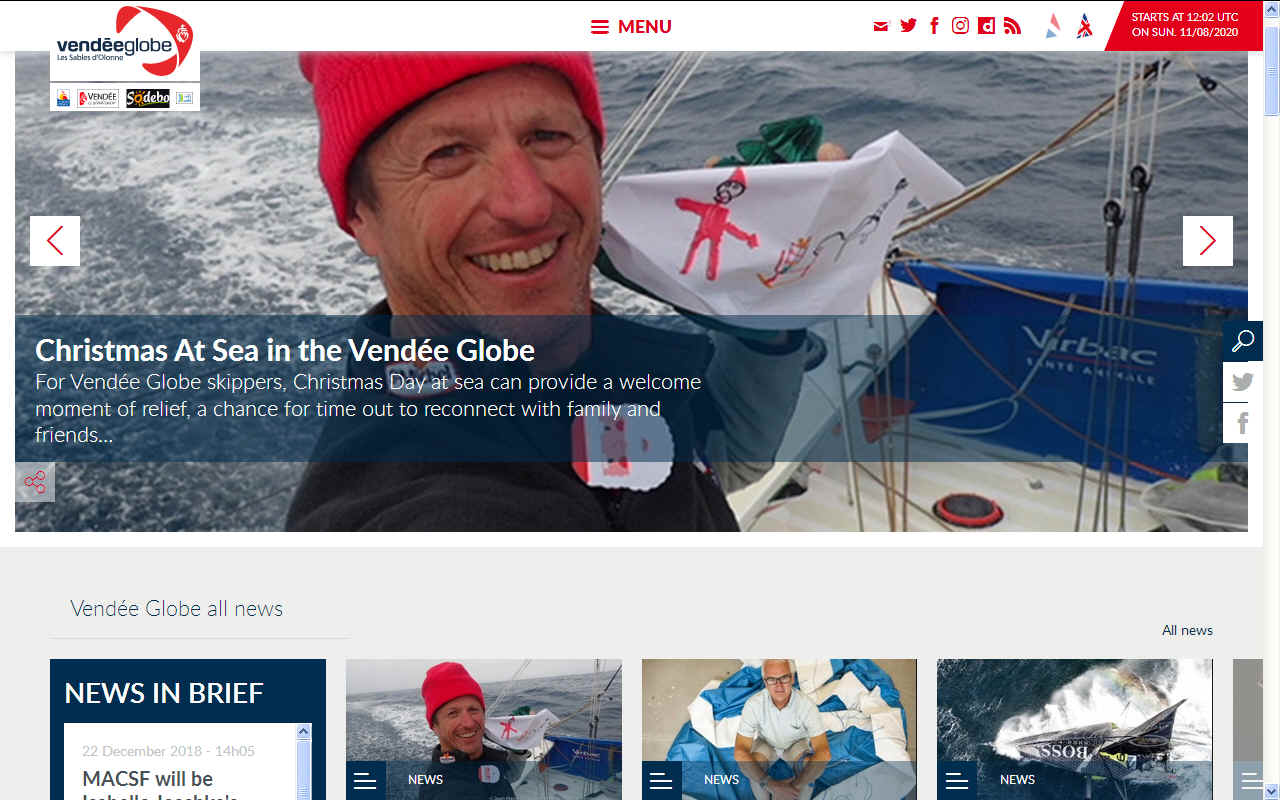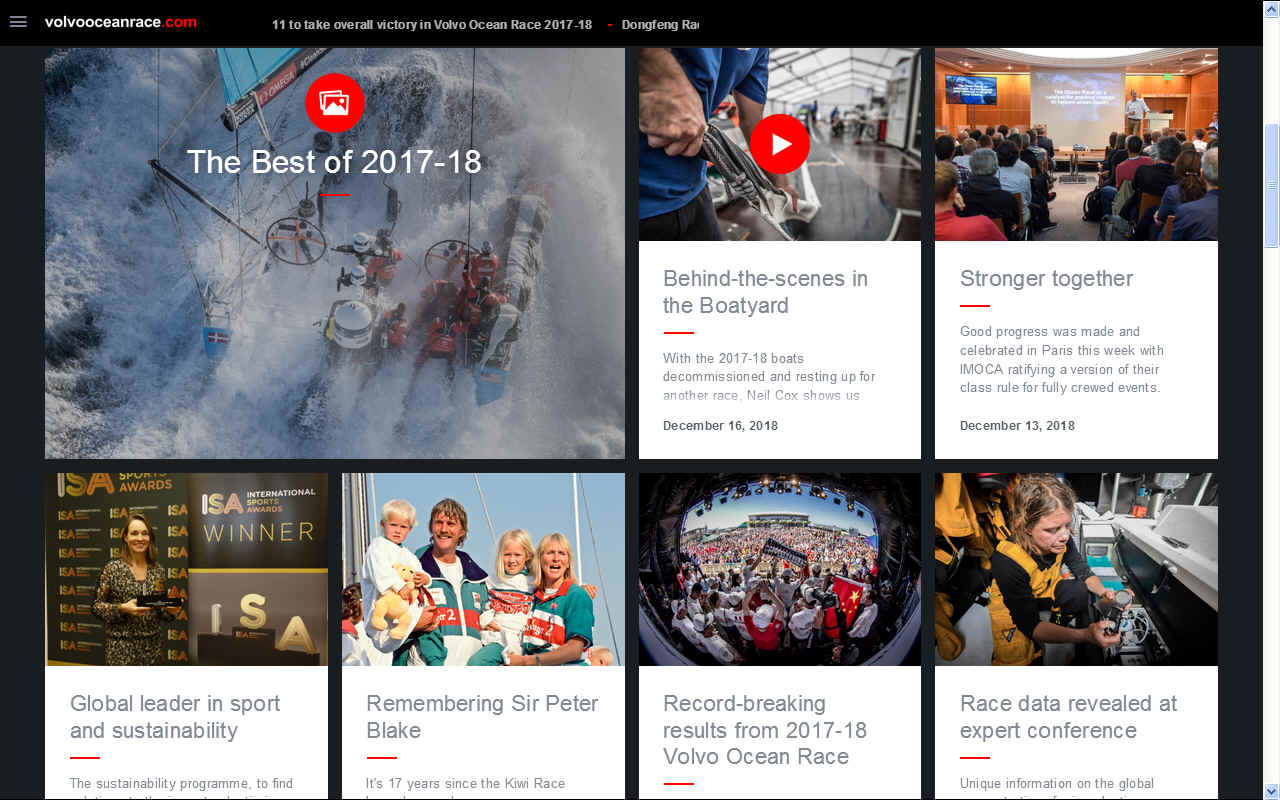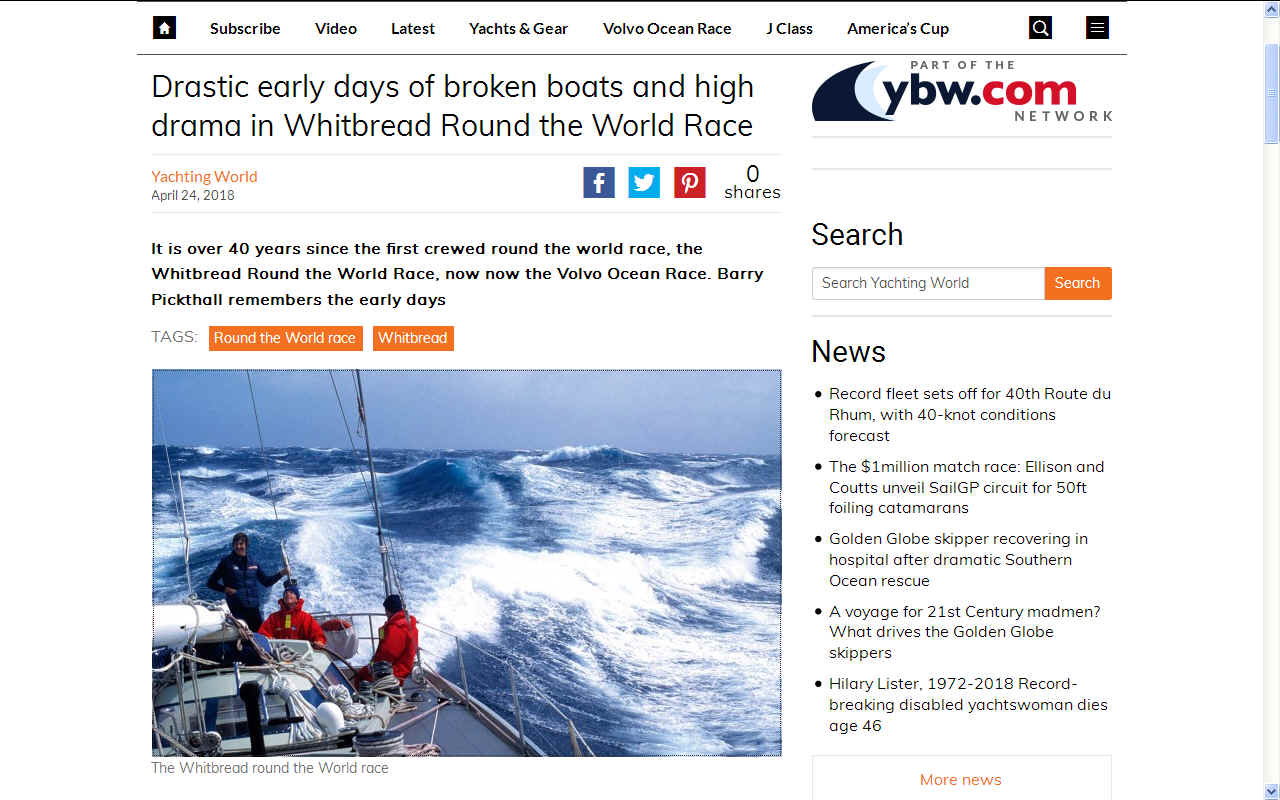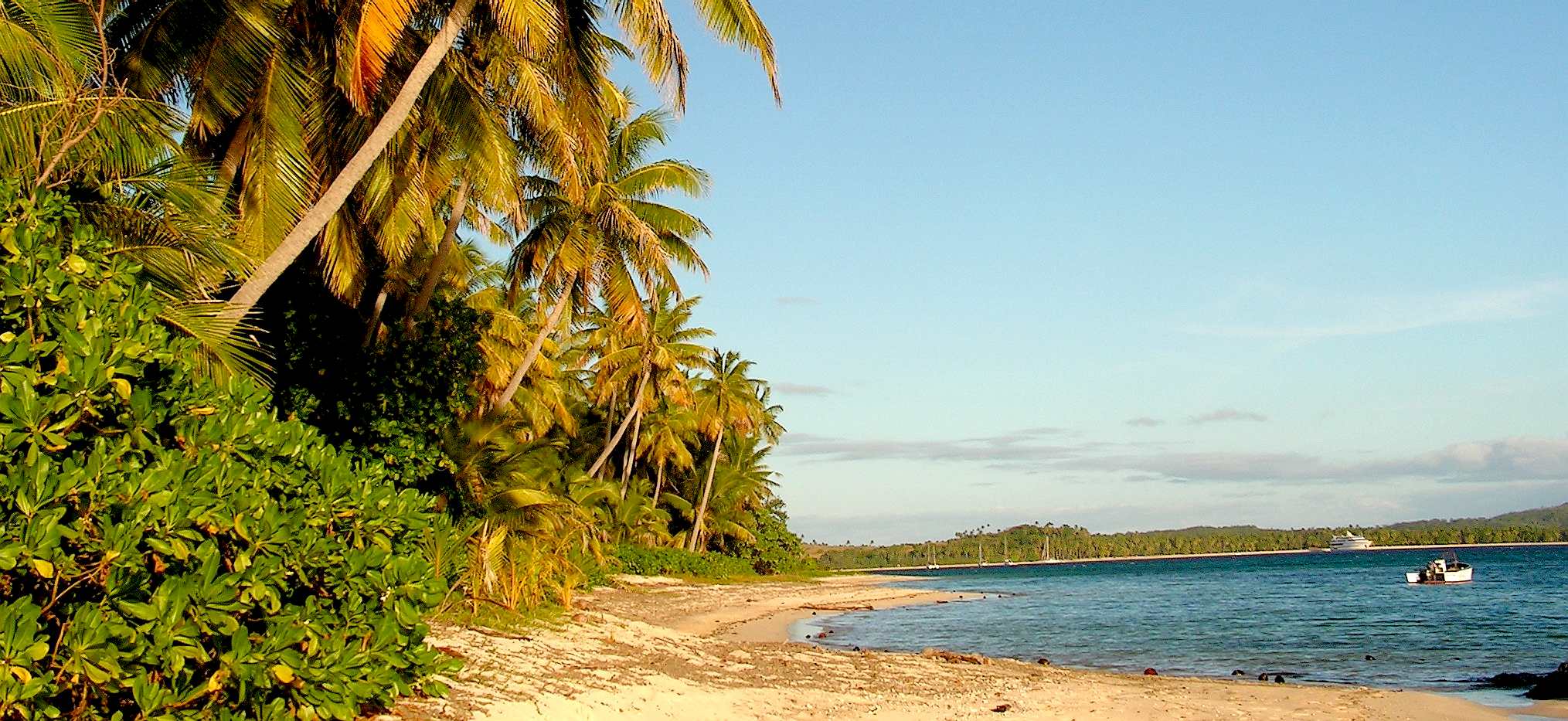|
FIJI - 9th Waypoint
BLUE GROWTH - CIRCUMNAVIGATION - CONTACTS - DONATE - FOUNDATION - FUNDING - HOME - A-Z INDEX
Fiji
is an island country in Melanesia, part of Oceania in the South
Pacific Ocean about 1,100 nautical miles (2,000 km; 1,300 mi) northeast of New Zealand's North Island. Its closest neighbours are Vanuatu to the west, New Caledonia to the southwest, New Zealand's Kermadec Islands to the southeast, Tonga to the east, the Samoas and France's Wallis and Futuna to the northeast, and Tuvalu to the north. It has an archipelago of more than 330
islands - of which 110 are permanently inhabited - and more than 500 islets, amounting to a total land area of about 18,300 square kilometres (7,100 sq mi).
Jioji Konousi Konrote, OF, MC, also known as George Konrote (born 26 December 1947), is a Fijian politician and retired Major-General of the Fiji Military who has been President of Fiji since 2015. He is the first non-iTaukei president and the first Seventh-day Adventist to be elected by parliament, as previous presidents were selected by the Great Council of Chiefs.
The
British granted Fiji independence in 1970. On 1 September
2009, Fiji was suspended from the Commonwealth of Nations. The
action was taken because Cdre. Bainimarama failed to hold elections by 2010 as the Commonwealth of Nations had demanded after the 2006 coup.
Fiji is also planning to diversify its energy sector through the use of science and technology. In 2015, the Secretariat of the Pacific Community observed that, 'while Fiji, Papua New Guinea and Samoa are leading the way with large-scale hydropower projects, there is enormous potential to expand the deployment of other renewable energy options such as solar, wind, geothermal and ocean-based energy sources'.
For a country of its size, Fiji has fairly large armed forces, and has been a major contributor to UN peacekeeping missions in various parts of the world.
Our Trustees believe that it might be useful to anyone interested in progressing low carbon transport, for us to plan a route for the Elizabeth Swan, such that if it is deemed a worthy cause in the battle to tackle climate change, that we have a plan in place to demonstrate clean ocean transport is not as far away as one might imagine, should the political will crystallize to accelerate sustainable technology after COP 24 in December 2018.
If the Foundation were to support the initiation of such a challenge, it would be in a dual format, also being designed as an ocean awareness expedition to attract a global audience to gain the highest potential media coverage.
9TH LEG - The ninth leg of this zero carbon voyage is approximately 1886 nautical miles from Suva, Fiji to Port Moresby, Papua New Guinea. At a cruising speed of 7 knots this leg would take 11.5 days to complete. At 6 knots the journey would take 13 days.
Hence this is a theoretical exercise to determine what might be possible in the world of cargo and passenger transport if future ships were to use a power formula derived from the Elizabeth Swan and SeaVax platforms, to increase voyage speed for zero carbon shipping such as to be commercially viable and non polluting.
The following then is a contingency plan to be ready should the Foundation or any Government, Organization, ocean literacy associate or collaborative research partner decide (jointly) that we are in a suitably robust position to mount such a challenge to be worthwhile in awareness terms, including advancing climate control knowledge.
The above does not preclude the possibility of responsible commercial associates enjoining - being a most welcome prospect, perhaps when the Foundation is further along the R&D line and any proposed circumnavigation presents less of a technical risk share to potential contributors and end users, such as ship builders and fleet operators. Such partnerships might accelerate project development considerably.
OCEAN AWARENESS - PROVISIONING & MEDIA STOPS
We are making allowance for nineteen (19) provisioning and Public Relations stops of three days duration each. This adds an extra 57 days to the expedition in the interests of furthering awareness objectives. Hence, the passage would not be an outright race, unless any consortium providing financial incentives decided not to stop for photo opportunities by way of a condition in accepting support. If a race was decided on, provisions for a 3-4 person crew would need to be stored on board. Being solar and wind powered there is no need for conventional refueling.
RECORD HOLDER - On the 4th of May 2012, history was made, as Raphael Domjan, at the helm of a giant of a catamaran powered only by solar panels crossed the finishing line at Monaco to become the first electric boat to sail around the world. MS Tūranor PlanetSolar, known under the project name PlanetSolar, was (@ 2018) the largest solar-powered boat in the world. The vessel was launched on the 31st March 2010, also going into the Guinness Book of World Records with a time of 584 days to better by any contender. The project was mostly financed by Immo Stroeher, the owner of the boat. Though a magnificent endeavour, PlanetSolar was not designed at the outset to take full advantage of energy from nature, but was rather a very much modified ferry design.
FOSSIL FUELS - The Cable and Wireless Adventurer was built for the purpose of circumnavigating the world in less than 80 days. This was successfully accomplished in July 1998 in 74 days, 20 hours, 58 minutes, traveling more than 22,600 nautical miles (26,000 miles or 41,855 km). This achievement set a new Guinness World Record for a diesel powered vessel. The nautical mile or knot, is a unit of speed equal to approximately 1.15078 miles per hour on land (1.852 km). Solar power cannot compete with diesel engines. This boat is though one of the links in the evolution, or archaeology of efficient hulls.
CLIMATE CHANGER - The above table illustrates one of the most likely ocean awareness expedition routes, known as the 'Sunshine Route,' showing the time elapsed in days for 7 knots average cruising speed, including times for 5 and 6 knot averages - allowing for 10% downtime and 36 days in ports. Hence, although the objective is to reduce the current solar circumnavigation record from 584 days, the event in not an outright non-stop yacht competition in the offshore racing sense. It remains to be seen how accurate such a prediction might be. In this table we only allowed 36 days for provisioning and PR but added a 10% contingency for servicing, that could be used for additional time in ports. As a Climate Changing event, performance is one of the main criteria, especially concerning the possibilities for a transition to low carbon shipping and the contribution this might make in combating global warming.
LINKS & REFERENCE
https://www.planetsolar.org/ http://www.guinnessworldrecords.com/world-records/first-circumnavigation-by-solar-powered-boat
This website is provided on a free basis as a public information service. Copyright © Cleaner Oceans Foundation Ltd (COFL) (Company No: 4674774) 2019. Solar Studios, BN271RF, United Kingdom. COFL is a charity without share capital.
|
